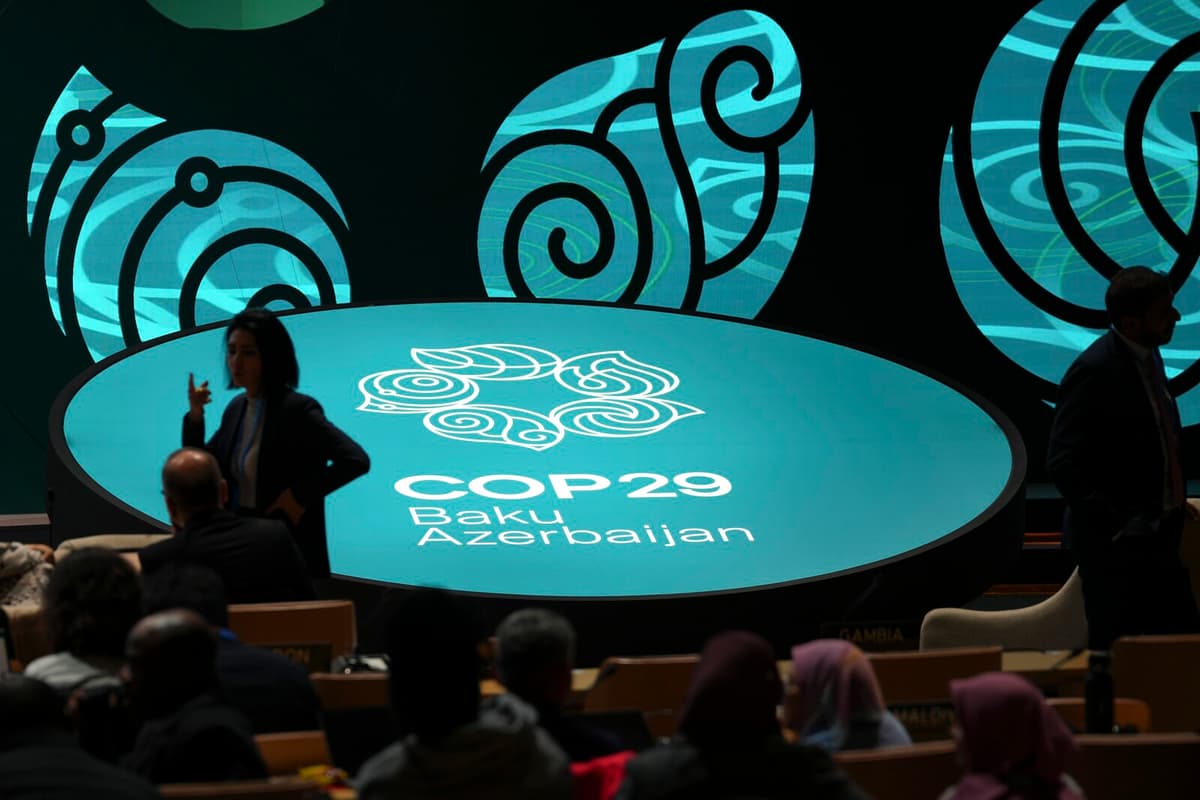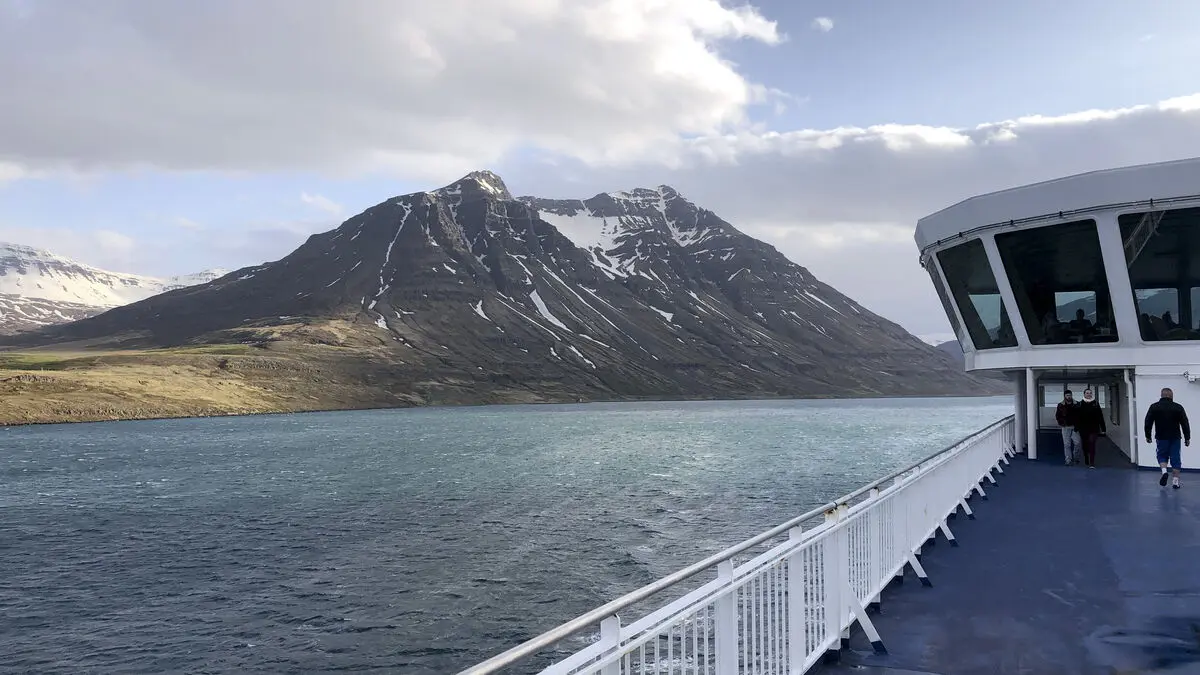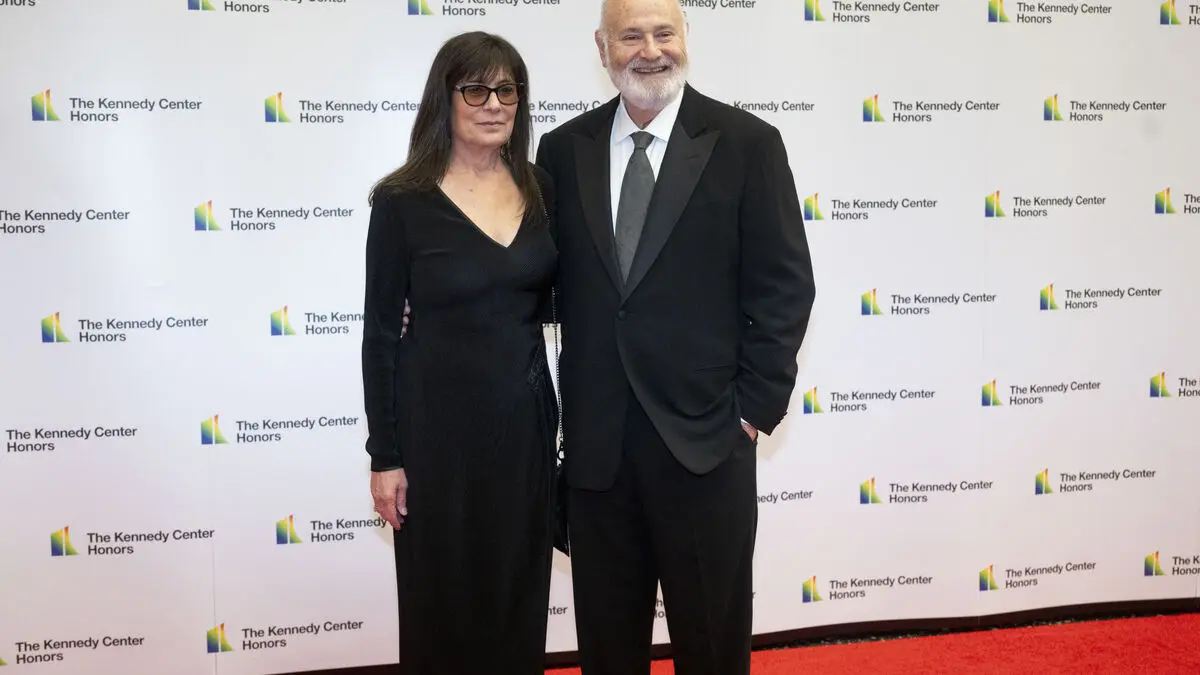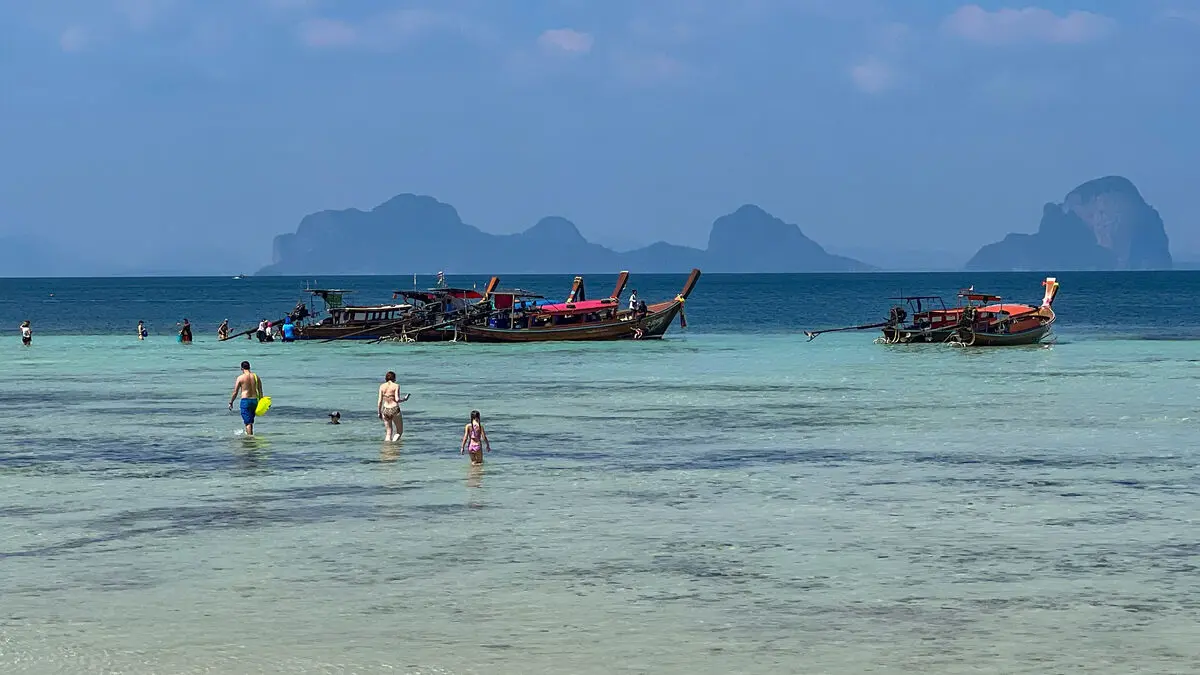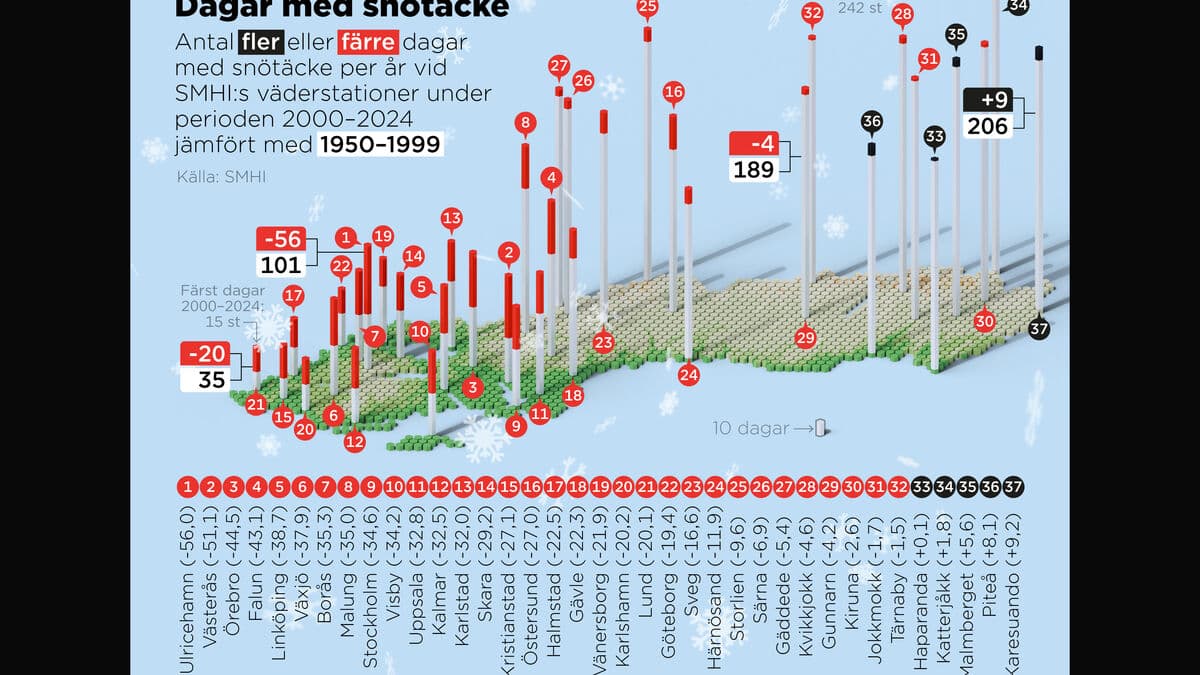Countries have agreed on a number of important rules to get trade started. Other crucial parts must still be negotiated, according to experts, but the decision means that they are getting closer to a UN-backed trade.
Such a trade implies that countries responsible for emissions can buy credits from other countries that have reduced their greenhouse gas emissions more than they promised.
This type of credit is generated by activities that reduce or eliminate greenhouse gas emissions. For example, it could be planting trees or replacing the use of coal with environmentally friendly energy alternatives.
The guidelines agreed upon at the climate summit make it possible to develop the rules, including how many credits a specific project corresponds to.
The EU already has a system for emissions trading.
The UN's climate summits, COP, are held in different locations every year. COP stands for "Conference of the Parties" and refers to the parties in the UN's climate convention.
The first climate summit, COP1, was held in Berlin, Germany in 1995.
At the meeting in Kyoto, Japan in 1997, the first global climate agreement, the Kyoto Protocol, was negotiated.
In the Paris Agreement from 2015, most of the world's countries agreed to keep the increase in the global average temperature well below 2 degrees, and preferably below 1.5 degrees, compared to pre-industrial times. This is to be achieved mainly through reduced greenhouse gas emissions.
COP29 is held in Baku, Azerbaijan, from November 11 to 22.
In 2024, two other important COPs will also be held. One is the recently concluded meeting on biodiversity, and the other is a meeting to be held in December on desertification.
